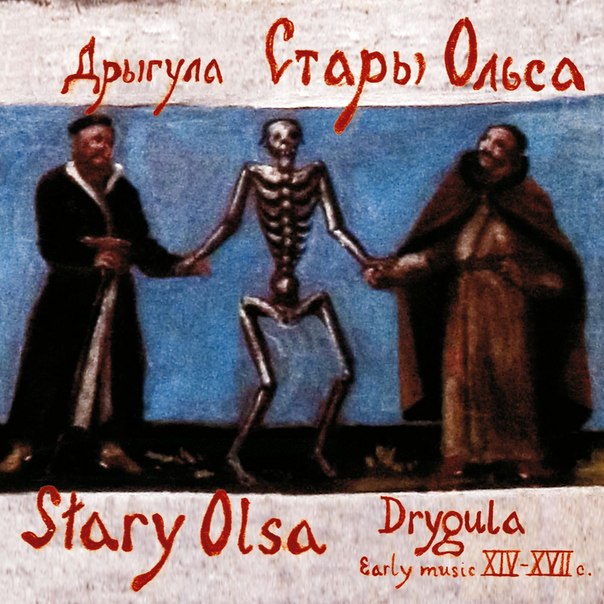27.02.2015
Black Ivory Tower: “Don’t Enter!” – From Enchanted Swamps
Minsk natives Stary Olsa have been creating folk music since 1999, but despite their consistent dedication to traditional tunes, their sound has evolved drastically over the years. Their debut Kelih kola (2000) features easy-going, flute-based arrangements of compositions from the Middle Ages and early Renaissance, while the subsequent album Vir (2001) focuses exclusively on the bagpipe. Heraichny epas (2006), which might be their best album to date, offers music from the Grand Duchy of Lithuania (which stretched across Belarus before its collapse in the 18th Century) chronicling glorious battles and other historical events. More recently, Stary Olsa caught the eye of an international audience with their folk-inspired covers of songs by Deep Purple and Metallica . Great though it may have been to see Stary Olsa showcase their technical prowess on an accessible level, the band is at its best when it plays its catchy arrangements of historical music. Drygula (2009) confirms this with its rich offering of dance music originating from the 14th to the 17th Century. Across the album’s 13 tracks, Stary Olsa invokes music from both the East and West of Europe, revealing the subtle differences in mood and pace between these two musical traditions of the Old Continent. In spite of a few slip-ups, particularly some off-key blemishes on the last track, the instrumentation is generally handled very well, which is far from a given in folk(-inspired) music. In terms of pace and atmosphere, Drygula has a sound that stands in line with the direction the band has taken since Heraichny epas, making for rich instrumentation and an almost bombastic cadence pulsing through the music. Stary Olsa honours the past of our collective homeland and reminds us of what once was lest our memory become clouded.

Minsk natives Stary Olsa have been creating folk music since 1999, but despite their consistent dedication to traditional tunes, their sound has evolved drastically over the years. Their debut Kelih kola (2000) features easy-going, flute-based arrangements of compositions from the Middle Ages and early Renaissance, while the subsequent album Vir (2001) focuses exclusively on the bagpipe. Heraichny epas (2006), which might be their best album to date, offers music from the Grand Duchy of Lithuania (which stretched across Belarus before its collapse in the 18th Century) chronicling glorious battles and other historical events. More recently, Stary Olsa caught the eye of an international audience with their folk-inspired covers of songs by Deep Purple and Metallica. Great though it may have been to see Stary Olsa showcase their technical prowess on an accessible level, the band is at its best when it plays its catchy arrangements of historical music. Drygula (2009) confirms this with its rich offering of dance music originating from the 14th to the 17th Century. Across the album’s 13 tracks, Stary Olsa invokes music from both the East and West of Europe, revealing the subtle differences in mood and pace between these two musical traditions of the Old Continent. In spite of a few slip-ups, particularly some off-key blemishes on the last track, the instrumentation is generally handled very well, which is far from a given in folk(-inspired) music. In terms of pace and atmosphere, Drygula has a sound that stands in line with the direction the band has taken since Heraichny epas, making for rich instrumentation and an almost bombastic cadence pulsing through the music. Stary Olsa honours the past of our collective homeland and reminds us of what once was lest our memory become clouded.
blackivorytower.com










